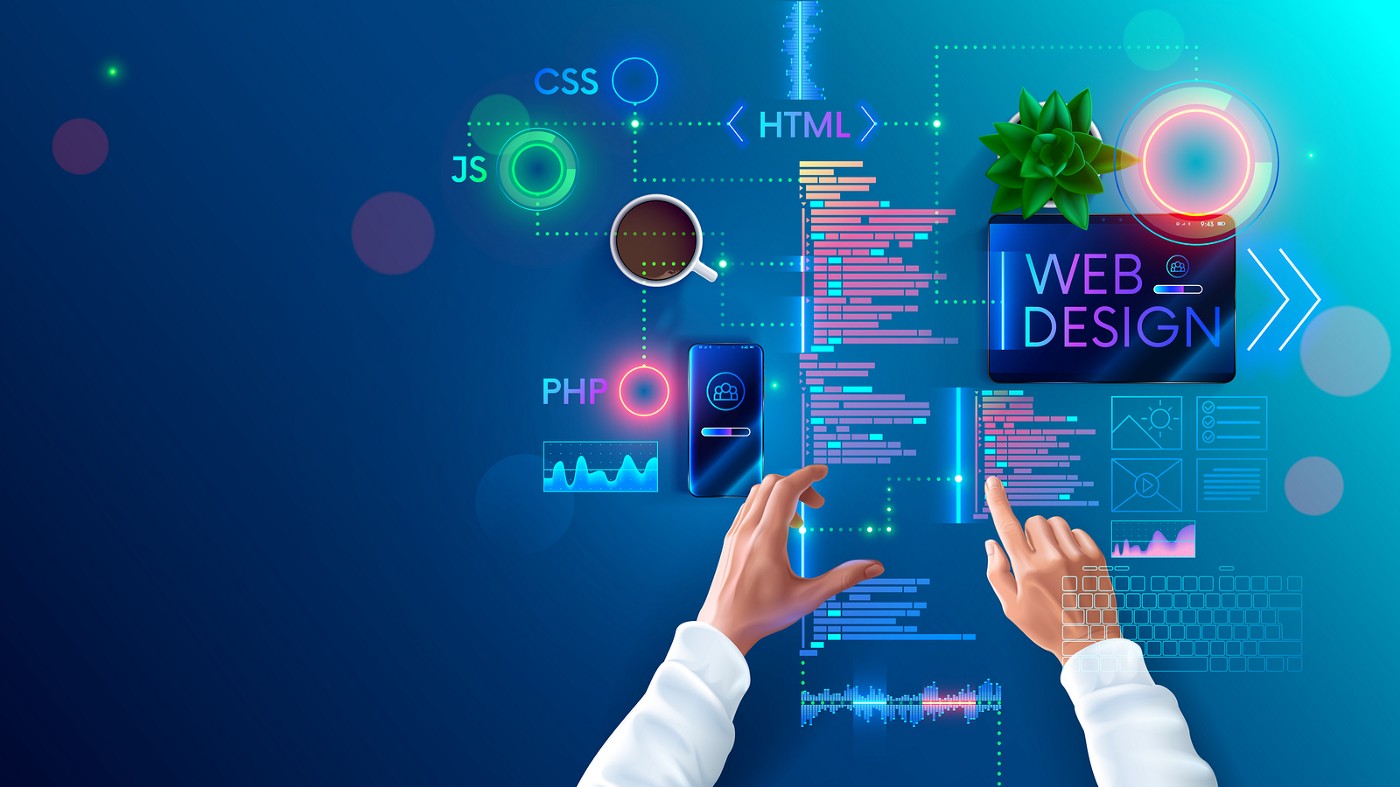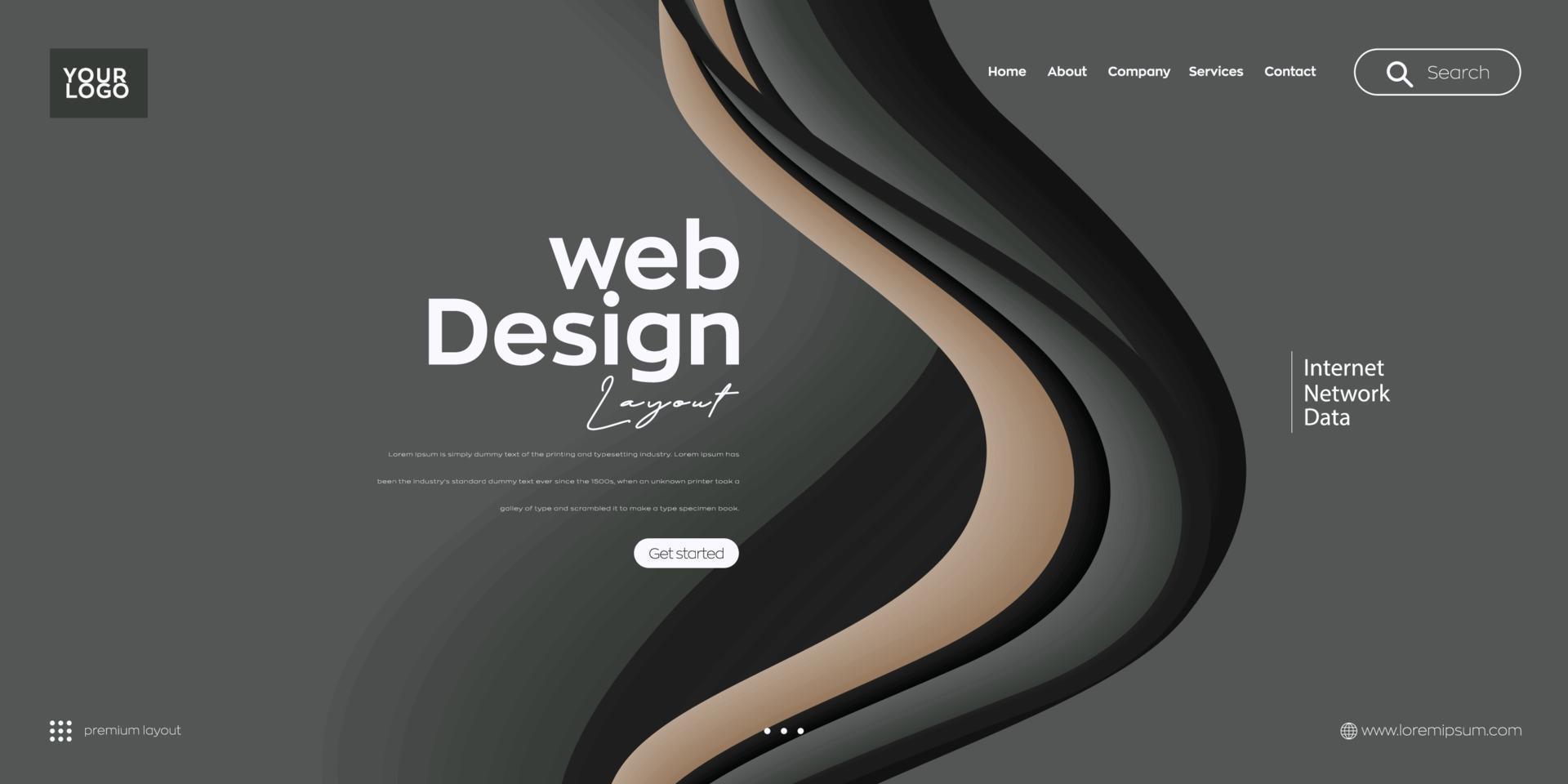Aligned Position Web Design: Comprehensive Web Design Solutions for Small and Large Businesses
The Most Effective Kinds of Website Design to Improve Customer Experience and Interaction
In the ever-evolving landscape of digital communication, the performance of Web layout considerably impacts user experience and engagement. Different style strategies, such as minimalist, responsive, and interactive designs, each offer special advantages that can cater to diverse individual needs.
Minimalist Website Design
As electronic landscapes come to be significantly chaotic, minimal website design has actually become a powerful method to improving user experience. This style ideology prioritizes simplicity, concentrating on necessary components while removing unnecessary distractions. By using enough white room, simple navigation, and a restricted color combination, minimalist layout cultivates quality and routes customer focus to crucial material.
The core concept of minimal Web design is to develop a smooth communication for individuals. By lowering cognitive tons, users can quickly comprehend information without feeling bewildered. This straight strategy not just improves functionality however likewise encourages engagement, as site visitors are more probable to explore a site that is aesthetically appealing and very easy to navigate.
Furthermore, minimalist layout typically highlights typography and imagery, using these elements tactically to communicate messages properly. This focus on vital components can enhance brand identification and create a remarkable user experience. Essentially, minimal website design is not just a pattern; it is a thoughtful method that acknowledges the significance of user-centered layout. By removing additional components, developers can produce a much more engaging, effective, and pleasurable Web experience for all individuals.
Receptive Web Layout
In today's varied electronic setting, responsive website design has ended up being necessary for developing a smooth customer experience throughout a multitude of devices. As users access sites on mobile phones, desktops, tablets, and laptops, the ability of a site to adapt its layout and web content to various display sizes and resolutions is vital.
Receptive Web layout uses versatile grids, images, and CSS media queries to make certain that Web content is presented optimally, no matter of the tool used. This strategy not just improves the visual charm of an internet site however also substantially enhances usability. Customers are more most likely to involve with a site that supplies a constant experience, as it eliminates the aggravation of having to zoom in or scroll excessively.
By embracing receptive design, organizations can enhance their presence and reach a wider target market. In recap, responsive Web layout is a fundamental method that boosts user experience, interaction, and total complete satisfaction.
Interactive Web Layout
Receptive website design prepares for enhancing user experience, however interactive Web layout takes this a step even more by involving customers in a more dynamic method - Aligned Position Web Design. By including components such as animations, clickable prototypes, and real-time comments, interactive Web style astounds customers, attracting them into a richer browsing experience
This method not only promotes interaction but likewise encourages users to discover content actively instead than passively eating it. Techniques such as gamification, where customers gain incentives for finishing jobs, look at this web-site can considerably improve the time spent on a site and improve overall fulfillment. In addition, interactive attributes can streamline complicated info, making it extra enjoyable and absorbable.

Integrating interactive layout elements can likewise bring about higher conversion rates, as customers are more probable to involve with a website that actively includes them. Aligned Position Web Design. Inevitably, interactive Web style changes customer experiences right into memorable journeys, guaranteeing that visitors return time after time
Apartment Style
Identified by its minimalistic approach, flat design emphasizes simpleness and functionality, stripping away unnecessary elements and concentrating on important functions. This style approach prioritizes functionality, making sure that users can navigate interfaces easily and efficiency. By using a tidy visual, level design eliminates the clutter often found in more elaborate styles, consequently boosting customer concentrate on web content and performance.
The hallmark of flat layout exists in its use of bold shades, straightforward typography, and geometric forms. These components add to a visually appealing user interface that is both approachable and modern. In addition, level design cultivates a feeling of clearness, enabling users to recognize crucial activities and information without distraction.
In addition, flat style is particularly reliable in responsive website design, as its simpleness equates well across various tools and screen dimensions. The absence of detailed structures and gradients minimizes packing times, which is from this source essential for keeping individual involvement. As digital landscapes proceed to evolve, level layout stays a pertinent option for developing easy to use websites that boost overall experience. By concentrating on essential functions, level design not just satisfies customer needs however additionally encourages smooth interaction, making it a vital element of reliable website design methods.
Flexible Website Design
Adaptive Web design personalizes the individual experience by developing multiple repaired designs tailored to different screen sizes and gadgets. Unlike receptive layout, which fluidly readjusts a solitary format, flexible layout uses distinct layouts for particular breakpoints, making sure ideal discussion on different platforms. This strategy enables developers to concentrate on the special attributes of each gadget, improving usability by delivering precisely what customers require based upon their context.
One of the primary advantages of adaptive Web layout is its capability to enhance load times and performance. By offering customized material and images that fit the user's tool, internet sites can lessen data usage and boost loading rates. This is especially helpful for individuals with slower connections or minimal information strategies.

Additionally, adaptive style promotes a more consistent and controlled branding experience. Given that designers create numerous layouts, they can make sure that the aesthetic elements align with the brand's identification throughout different platforms - Aligned Position Web Design. This leads to a cohesive customer experience, boosting involvement and promoting user retention
Verdict
Finally, the combination of minimal, receptive, and interactive website design concepts dramatically enhances user experience and interaction. Minimalist style promotes quality and emphasis, while responsive design makes sure versatility throughout numerous tools, advertising access. Interactive style mesmerizes individuals with vibrant aspects, motivating exploration and personalization. Jointly, these layout comes close to add to the production of straightforward settings that not just enhance fulfillment but also drive higher conversion prices, emphasizing their essential relevance in modern Web design approaches.

Minimalist design promotes clearness and focus, while responsive style makes sure flexibility throughout numerous tools, advertising access. Jointly, these style comes close to add to the production of straightforward settings that not just enhance contentment yet likewise drive higher conversion prices, underscoring their crucial importance in contemporary Web layout methods.